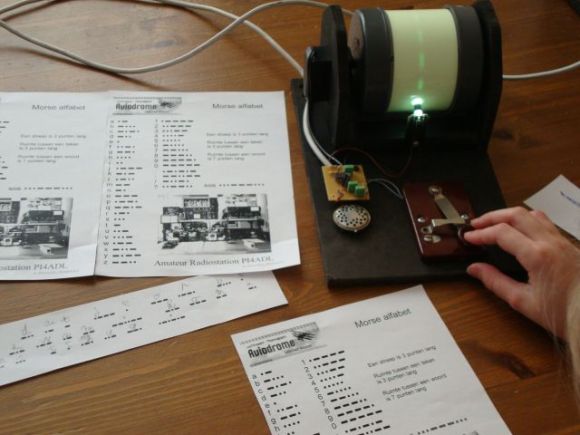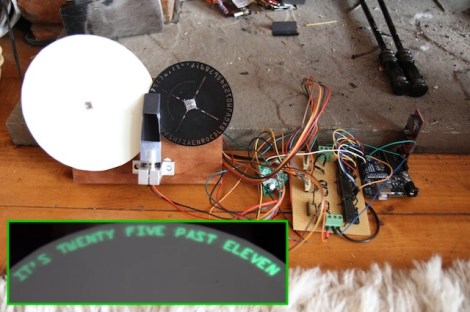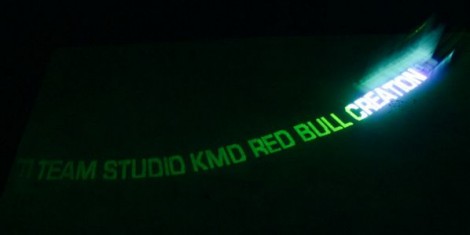[Christian Finklea] was inspired by a glow in the dark table, and decided to try his hand at making his own… and it’s absolutely fantastic.
He designed the table using SketchUp Make, and overlaid the continents of our planet on a grid of hexagons — Though it looks like he left Antarctica out of the mix — poor Antarctica! Why hexagons you might ask? Well, his CNC machine isn’t that big, so he had to choose a smaller work piece size in order to make the table. Kind of gives off a Settlers of Catan vibe too…
Once he had all the intricate hexagons milled out, he began assembling the table. Lots of wood glue later the table started looking like a table. Now here’s the fun part — making it glow.
Using what looks like a kind of glow-in-the-dark epoxy, [Christian] filled in all of the country cutouts and waited for it to cure. Bit of sanding later, some more lacquer, and boom — he has an awesome coffee table.
Now if only he had stuck some LEDs in there too like one of these RGB coffee tables we’ve seen — Then you could also play Risk anytime!

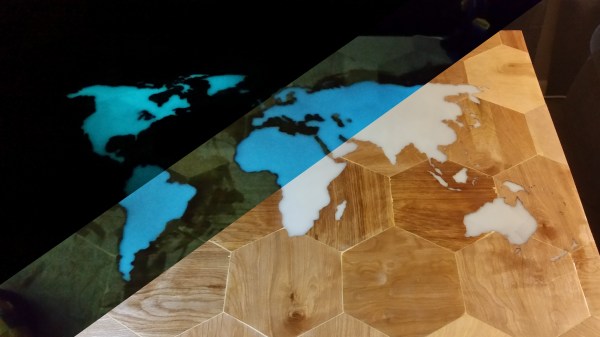

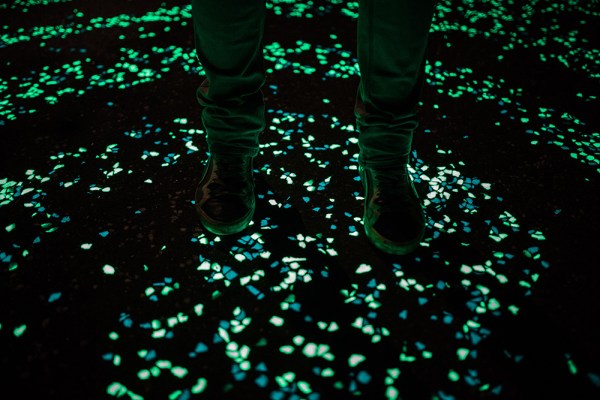
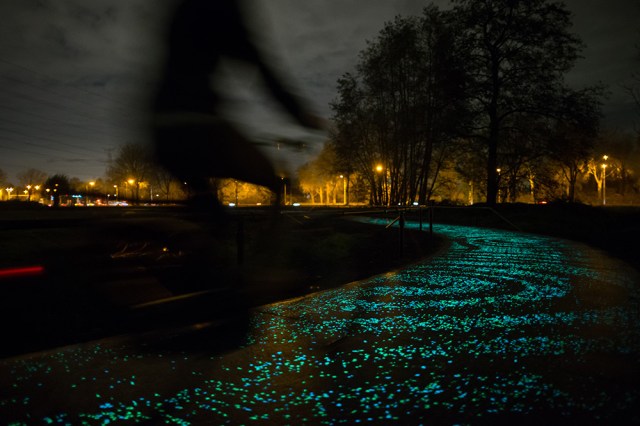 This project is the second installment of [Studio Roosegaarde’s]
This project is the second installment of [Studio Roosegaarde’s] 